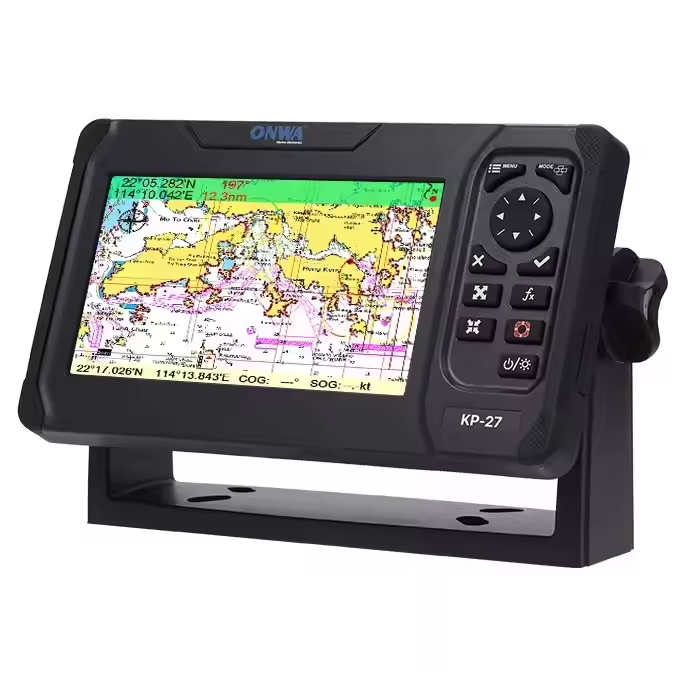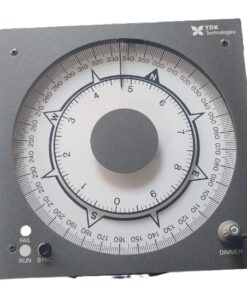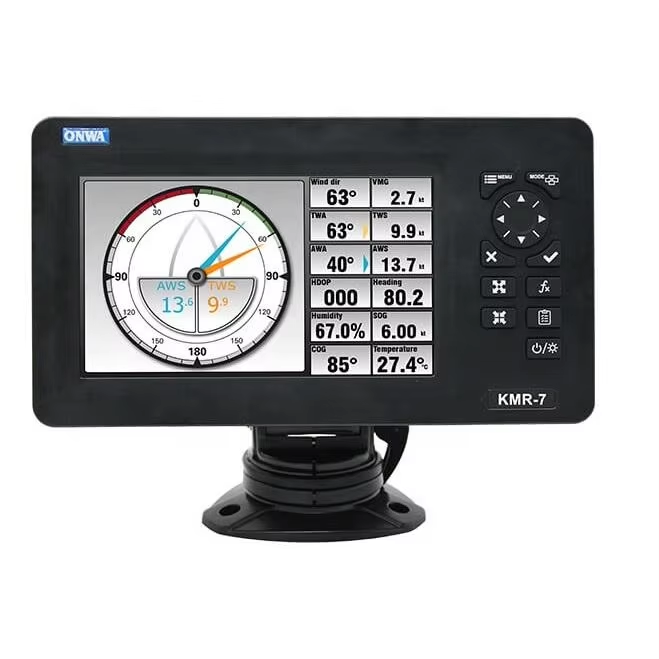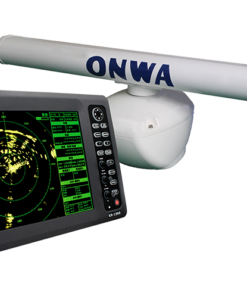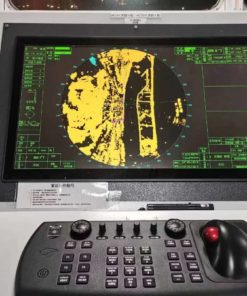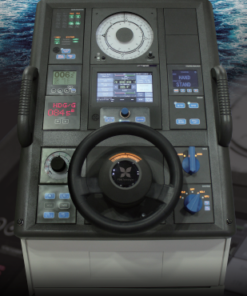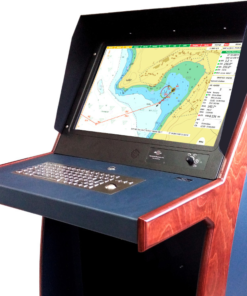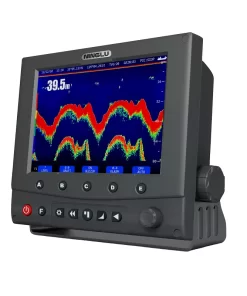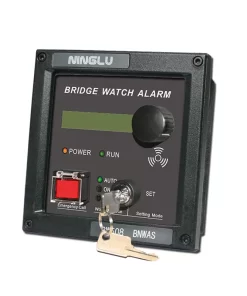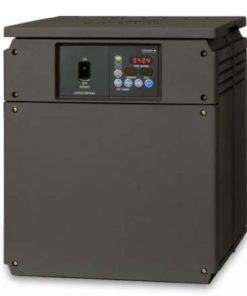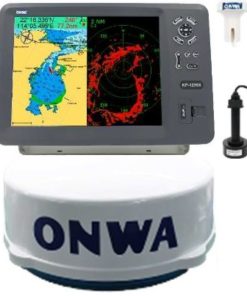VHF Class A DSC radios
VHF Class A DSC (Digital Selective Calling) radios are advanced maritime communication devices used for distress, safety, and general ship-to-ship communication. Compliant with International Maritime Organization (IMO) standards, these radios operate on very high frequency (VHF) bands and incorporate DSC technology for automated distress alerting. They offer high transmission power and a dedicated distress button for immediate emergency signaling. VHF Class A DSC radios facilitate reliable communication over short to medium ranges, enhancing maritime safety by ensuring swift response to distress situations and enabling efficient coordination between vessels and authorities in emergency scenarios.


